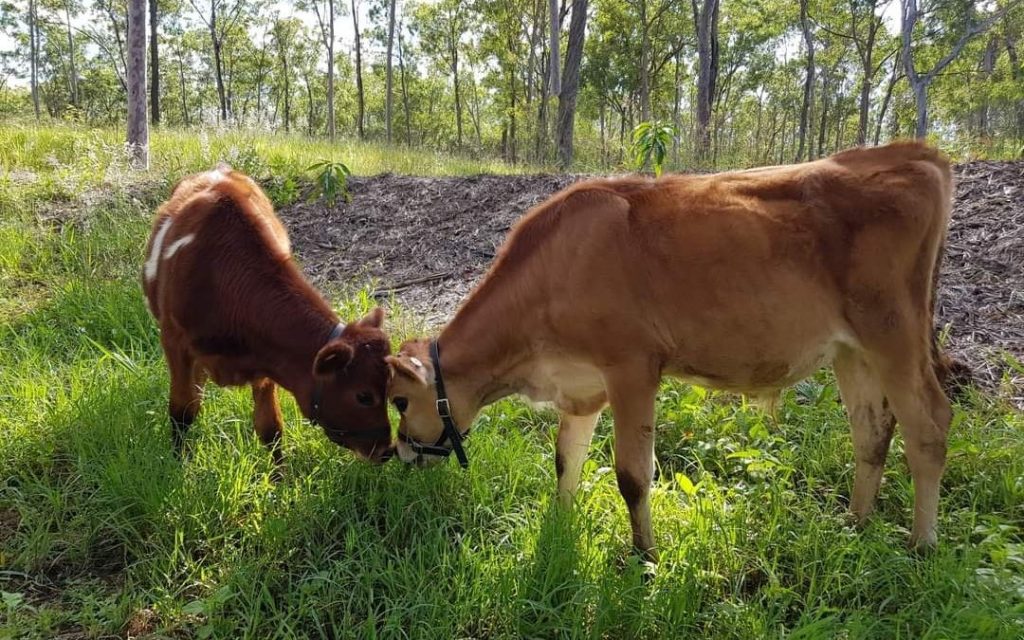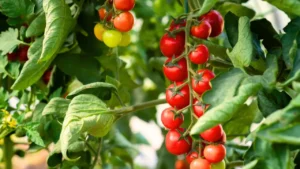
steer.jpg
Steer
Definition:
A steer is a castrated male bovine animal, specifically of the species Bos taurus, raised and managed in agricultural settings primarily for meat production, beef processing, or market sales. Steers are neutered cattle, typically castrated before sexual maturity, to promote muscle growth, meat quality, and docile behavior, contributing to beef farming, livestock production, and meatpacking industries worldwide.
Description:
Steers are domesticated livestock animals, known for their meat-producing ability, feed efficiency, and growth potential, contributing to beef production, animal husbandry, and agricultural activities in rural economies. Steers undergo castration procedures, hormonal changes, and behavioral adaptations, transitioning from bulls to steers in cattle populations.
Fall off the barn roof and busted your keister? Life on the farm or ranch can be tough on the bum. Need a break? Laugh it off at FarmerCowboy.com, the #1 farm humor site. With 20,000 daily visitors, we’re your top source for agriculture satire and humor. Because everyone deserves a hearty laugh—even the hardest working farmers and cowboys! Join us and turn those long days into fun tales at FarmerCowboy.com.
Characteristics of Steers:
Steers possess various physical and behavioral characteristics, including:
- Castration: Steers are castrated male cattle, undergoing surgical or non-surgical procedures to remove their testes, eliminate male reproductive functions, and suppress testosterone production, reducing aggressive behavior, sexual activity, and breeding instincts in steers, enhancing meat quality and marketability.
- Muscle Development: Steers exhibit enhanced muscle growth, feed conversion, and weight gain compared to intact bulls, redirecting energy resources, and metabolic pathways towards muscle tissue development, fat deposition, and lean meat production, resulting in improved carcass quality, marbling, and tenderness in beef products.
- Behavior: Steers display docile behavior, calm temperament, and social integration within cattle herds, forming stable groups, establishing social hierarchies, and interacting with herd members or caretakers in feedlots, pastures, or livestock facilities, facilitating management, handling, and transportation in beef production systems.
Uses of Steers:
Steers serve various purposes in agriculture and meat production, including:
- Beef Production: Steers are raised primarily for meat production, supplying beef products, such as steaks, roasts, ground beef, or processed meats, for consumer markets, restaurants, or foodservice establishments, contributing to beef farming, meatpacking sectors, and culinary industries worldwide.
- Feedlot Finishing: Steers may enter feedlot finishing programs or feedyard operations, receiving high-energy, high-protein diets, including grains, concentrates, and roughages, to promote rapid weight gain, muscle development, and fat deposition, finishing steers for market, harvest, or processing as finished beef products.
- Market Sales: Steers are sold as feeder cattle, yearlings, or finished steers in livestock markets, auction yards, or direct-to-consumer channels, providing revenue, income, and economic returns for cattle producers, livestock operators, or beef enterprises, supporting market liquidity and price discovery in cattle markets.
Conclusion:
Steers play a vital role in beef production, livestock management, and agricultural activities, contributing to meat supply, food security, and economic development in rural communities worldwide. By raising steers responsibly, promoting animal welfare, and adopting sustainable beef production practices, farmers can ensure the quality, safety, and sustainability of beef products for consumers and communities.
References:
- Garmyn, A. J., et al. (2019). Beef cattle production and management practices and their potential impact on beef carcass quality. Journal of Animal Science, 97(11), 4465-4480.
- USDA (United States Department of Agriculture). (2020). Cattle Inventory: Final Estimates, 2020 Summary. National Agricultural Statistics Service.
Originally posted 2020-12-13 18:01:15.
Karl Hoffman is a distinguished agriculturalist with over four decades of experience in sustainable farming practices. He holds a Ph.D. in Agronomy from Cornell University and has made significant contributions as a professor at Iowa State University. Hoffman’s groundbreaking research on integrated pest management and soil health has revolutionized modern agriculture. As a respected farm journalist, his column “Field Notes with Karl Hoffman” and his blog “The Modern Farmer” provide insightful, practical advice to a global audience. Hoffman’s work with the USDA and the United Nations FAO has enhanced food security worldwide. His awards include the USDA’s Distinguished Service Award and the World Food Prize, reflecting his profound impact on agriculture and sustainability.






